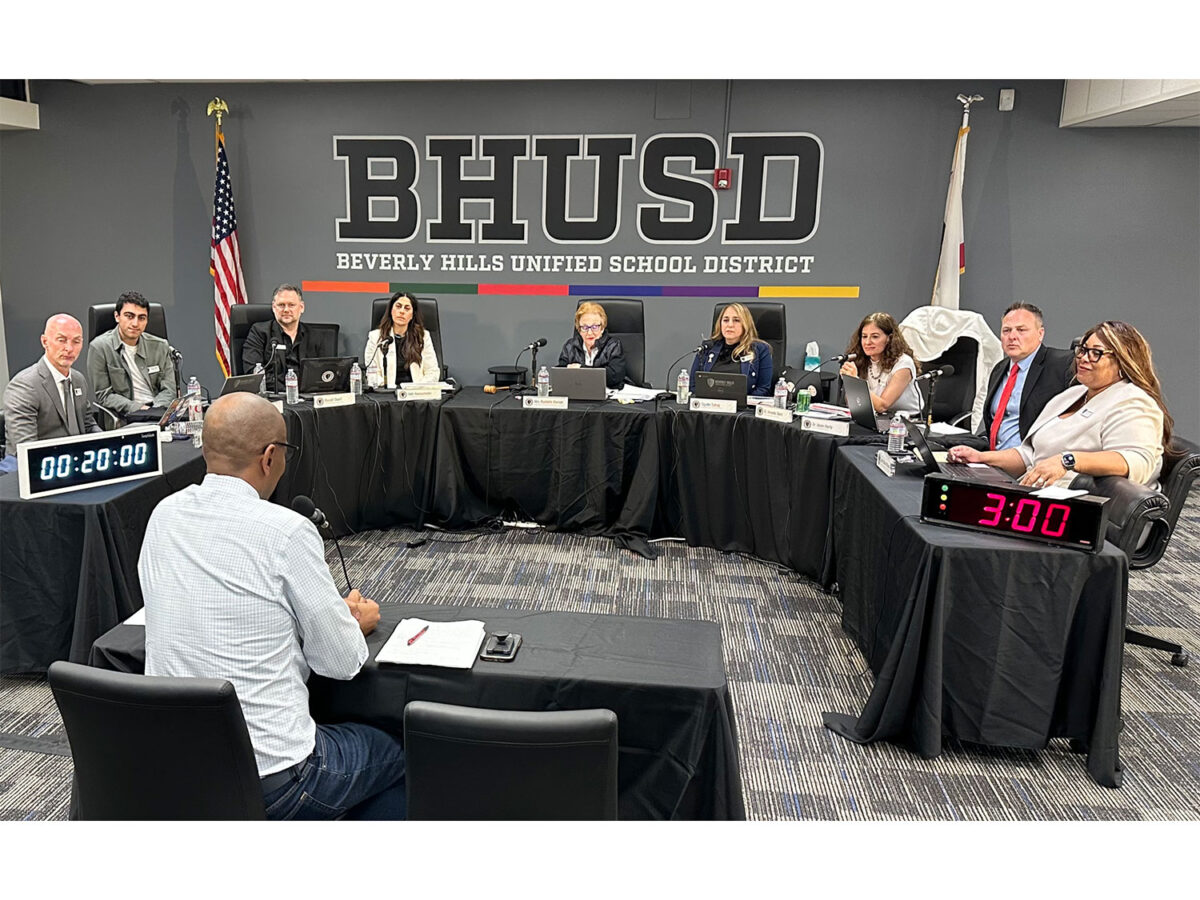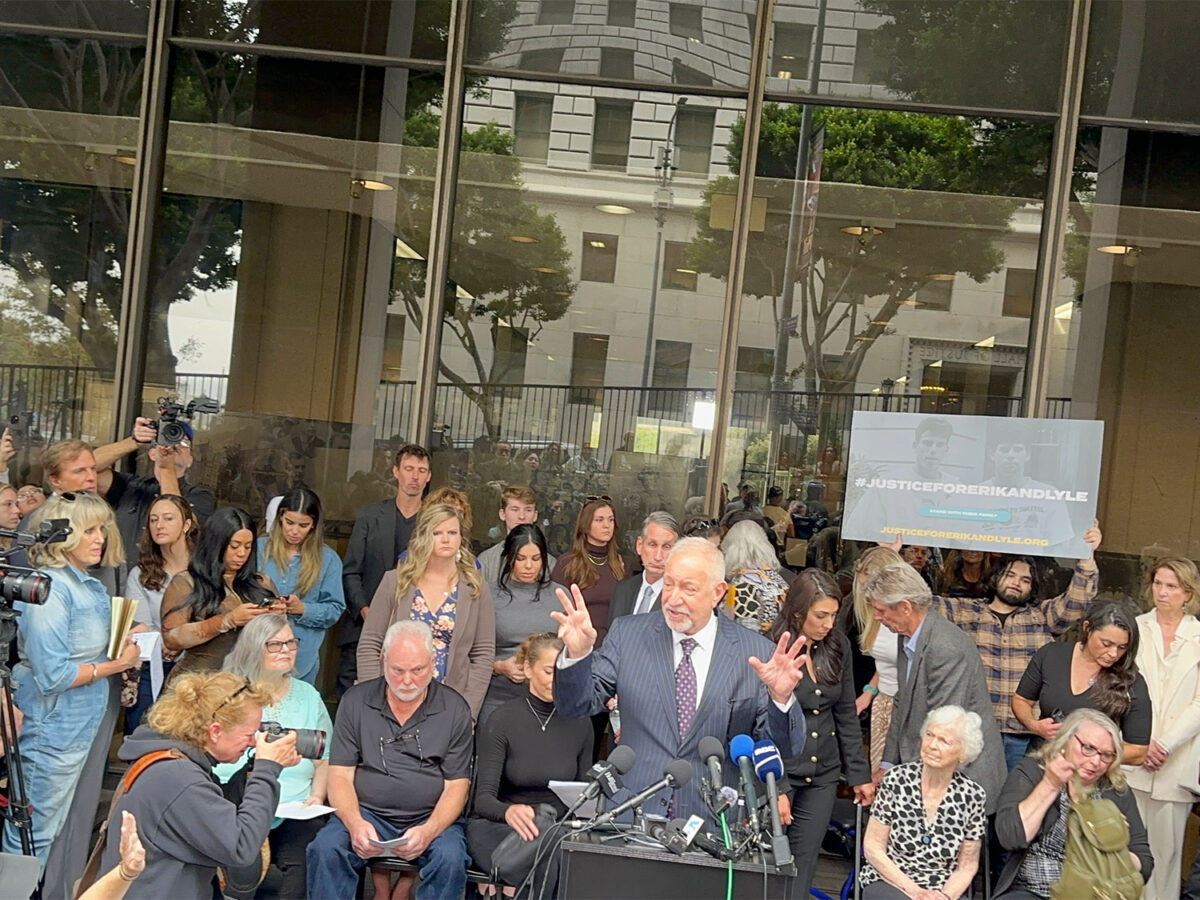At a meeting on Sept. 5, the Traffic and Parking Commission discussed safety regulations throughout the city’s major roads in response to a traffic safety report, a police report and a presentation on SEPTA (Southeastern Pennsylvania Transportation Authority) travel training. As new vehicle technology such as electric and self-driving vehicles enter the city, the commission is reevaluating the Local Road Safety Plan to combat traffic collisions involving pedestrians and bicyclists.
The Beverly Hills Police Department (BHPD) gave a report that included a recap of their recent DUI checkpoint. The department held a checkpoint on Santa Monica Boulevard on Aug. 31 to gather data on drivers within the city of Beverly Hills. In total, 1,800 cars drove through the checkpoint, and 391 drivers were stopped by police. Five people were cited for driving without a license in the vehicle and one person was cited for driving under the influence. But despite catching only one drunk driver, the police will use the data gathered to gauge what kinds of things they need to look out for. The checkpoint was funded by the California Office of Traffic Safety and did not use any city funding.
Regarding transportation safety, the commission also watched a presentation by Catherine Fleming, an occupational therapist with SEPTA, on a travel training program that has been implemented in her region. The program is designed to help individuals with invisible disabilities navigate public transportation such as trains and buses and how to cross busy streets. Fleming described invisible disabilities as those that cannot be seen on the outside, including autism spectrum disorder and developmental and intellectual disabilities. Through SEPTA’s program, occupational therapists such as Fleming work with high schools, colleges, and senior centers throughout the Philadelphia area to educate individuals on how to handle conversations with public transportation, plan their routes and navigate challenges such as late buses and trains. These events may seem simple to some individuals, but for those with rigid thinking patterns, as Fleming described, small interferences can be difficult to maneuver in an uncontrolled environment.
The main goal of the program is to increase mobility throughout the community for those with disabilities, and to break down some of the barriers that prevent these individuals from getting jobs. But when schools are out of session, SEPTA expands its outreach to senior centers in order to reeducate people who haven’t used public transit for a number of years. Through the travel training program, seniors can acclimate to buses and trains that are operating under a whole new set of guidelines. After the presentation, the commission expressed interest in learning more about senior outreach and how a similar program could apply to Beverly Hills.
During the meeting, Transportation Planner Jessie Carpenter reported on traffic safety throughout the city. This information is intended to help the commission provide feedback on the Local Road Safety Plan. In her presentation, Carpenter shared statistics that show that most collisions occur between noon and 4 p.m., and the majority of them take place on main streets such as Santa Monica and Wilshire boulevards. Most of these accidents are at intersections when a driver violates the right of way. This causes a large number of broadside accidents, otherwise known as “T-bones.”
Her report also showed an overrepresentation of bicyclists and pedestrians involved in collisions, meaning that many traffic accidents involve people either using crosswalks or not adhering to bicycle safety laws.
Following her discussion, Transportation Planning Analyst Christian Vasquez gave a presentation on e-bike safety, which plays a role in many of these collisions. Furthermore, he explained, many people who use e-bikes are minors, and some are under the age of 16. He reminded the commission that while more powerful e-bikes can only legally be ridden by someone 16 years or older, there are plenty of e-bikes that have no legal age limit. He emphasized the importance of safety gear such as helmets, and the responsibility to obey traffic laws. He also urged the community to educate their children on the city’s e-bike regulations, as parents are both legally and financially responsible for accidents involving their children. A full list of guidelines for bicycle safety is available at https://www.beverlyhills.org/906/Biking-in-Beverly-Hills.







